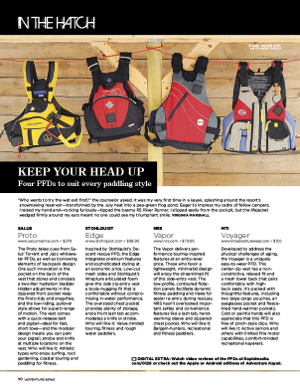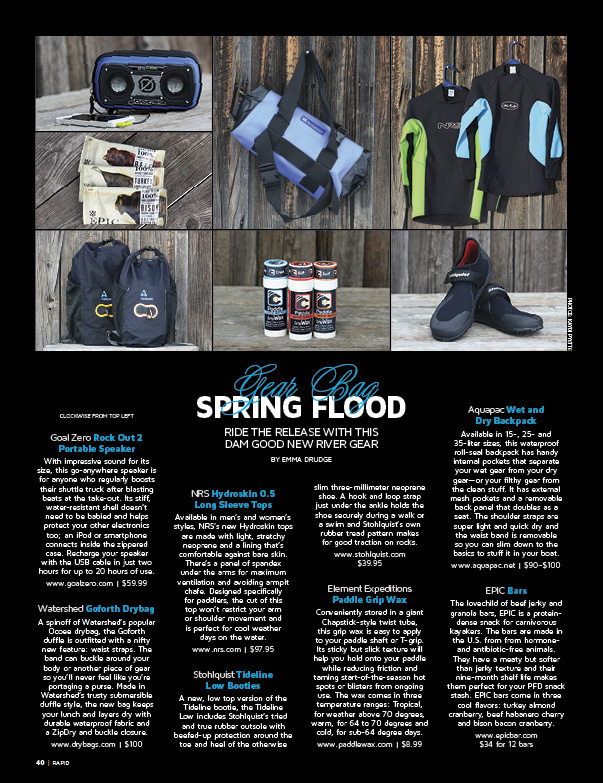“It’s the sickest play hole probably ever built,” says Junior World Champion freestyle kayaker, Jason Craig. “At least, that I’ve paddled in—and I’ve paddled in a lot.”
He compares the top feature at Kelly’s Whitewater Park to the Ottawa River’s world-class waves, but at Kelly’s, there’s never a line in the eddy.
It’s a ghost town a lot of the time says Craig, who spent a month at the Cascade, Idaho park last summer—an eerie emptiness that you’d expect to see bustling with big-name boaters and beginners alike, based on the quality of whitewater.
There are four main waves at Kelly’s and the biggest is Craig’s secret training ground, the hole he calls the best in the country for boosting freestyle scores. The bank is landscaped with boulders that form amphitheater-style seating for more than 3000 spectators near this feature alone, benches that are packed on event weekends when people flood to Kelly’s to join or watch high-level competition.
Since it opened in 2010, Kelly’s has hosted two National Kayak Championships and the 2013 Payette River Games, which drew 14,000 people, including a long list of world-class kayakers, to the park for a weekend of SUP and kayak competition.
The 2014 Payette River Games are from June 20 to 22 and have a prize purse of over $100,000, with $10,000 top prizes in both men’s and women’s categories—the biggest money weekend in whitewater history.
The events are booming business for Cascade, a single-store town that only 1,000 people call home.
Mark Pickard is the man responsible for plopping this world-class whitewater on the map in the middle of Idaho. A retired Wall Street hedge-fund founder, Pickard and his wife Kristina poured funds into the park as an act of philanthropy— a memorial to Kristina’s late sister, Kelly, and an economic jolt for Cascade, a town the New York-Miami Beach couple had fallen in love with.
“We’re not paddlers,” says Pickard, who transplants to the area for a few months each year. But a whitewater park was a longtime dream of the community so Pickard worked with a team of engineers to blast through its planning and construction in a matter of months, turning a donated abandoned sawmill site into what he hopes will become a national tourist attraction.
Everything at Kelly’s is completely free, and Pickard didn’t stop with whitewater. Beach volleyball courts, an outdoor concert area, horseshoe and bocce ball pits and an extravagant visitor’s center are all part of the plan to bring more people to the not-for-profit park, on more than just competition weekends.
Between events, the site is scattered with small groups of local kids attending Kelly’s Academy—a program where fifth- to twelfth-grade students from the area get free lessons from world champs like Craig, who agrees that it’s just a matter of time before the park catches on as a whitewater hotspot.
“It feels like paradise. Every level of paddler would love that whitewater park,” he says, adding that it’s only a short drive from Kelly’s to the legendary 15 miles of Class V on the North Fork of the Payette River.
It’s “an incredible place to be a kayaker,” he says. EMMA DRUDGE
Scott MacGregor is the founder and publisher of Rapid magazine.
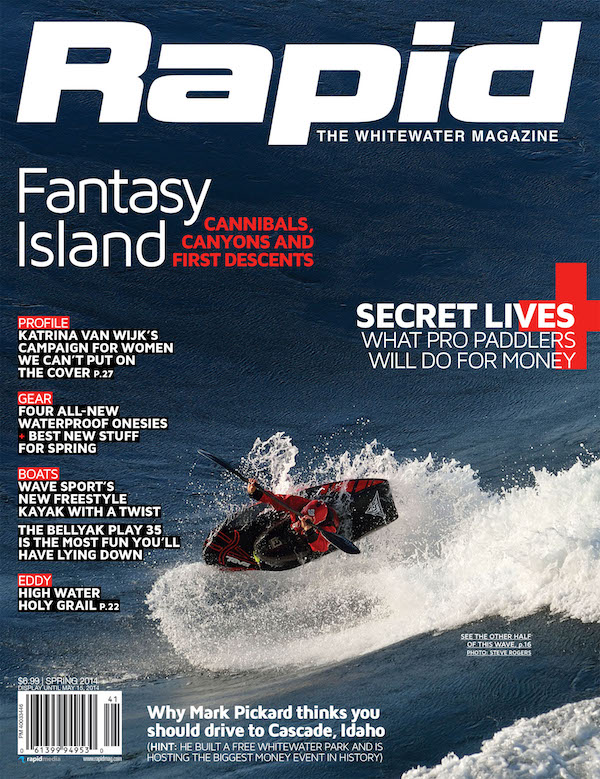 This article was first published in the Spring 2014 issue of Rapid Magazine. Subscribe to Paddling Magazine’s print and digital editions, or browse the archives.
This article was first published in the Spring 2014 issue of Rapid Magazine. Subscribe to Paddling Magazine’s print and digital editions, or browse the archives.






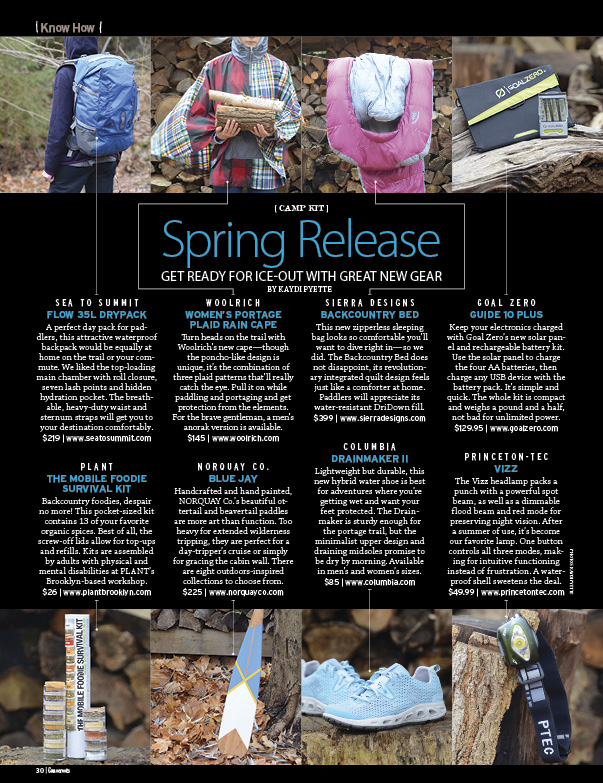 This article originally appeared in Canoeroots and Family Camping, Spring 2014. Get more great gear reviews by downloading our free
This article originally appeared in Canoeroots and Family Camping, Spring 2014. Get more great gear reviews by downloading our free 

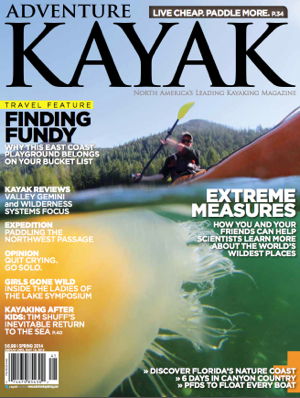 This article first appeared in the Adventure Kayak, Spring 2014 issue.
This article first appeared in the Adventure Kayak, Spring 2014 issue. 
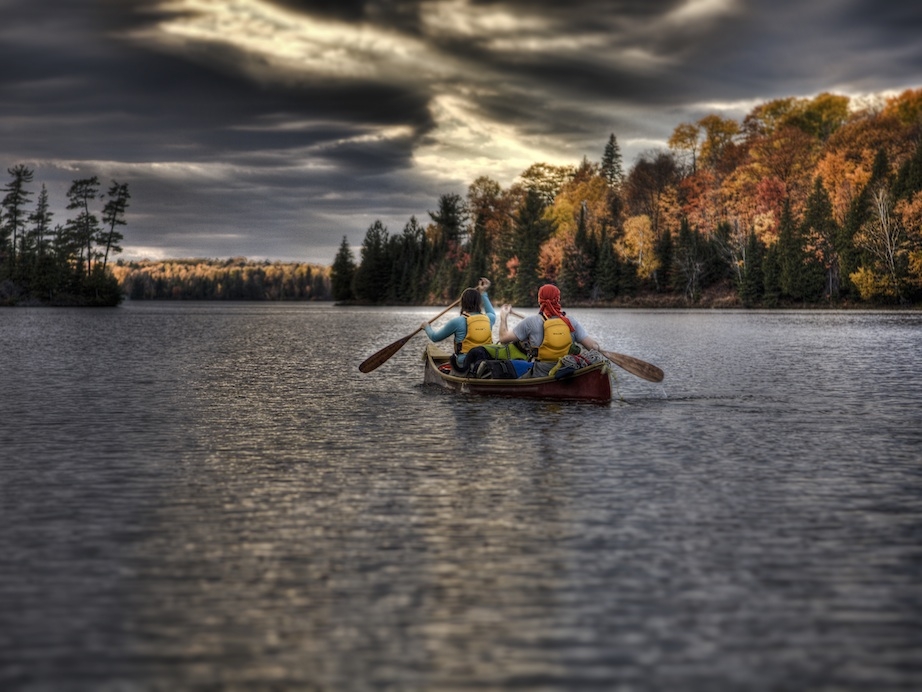
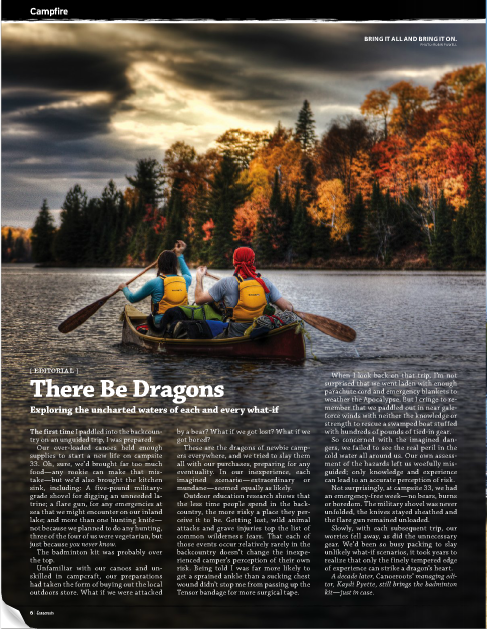 This article originally appeared in Canoeroots and Family Camping, Spring 2014.
This article originally appeared in Canoeroots and Family Camping, Spring 2014.
